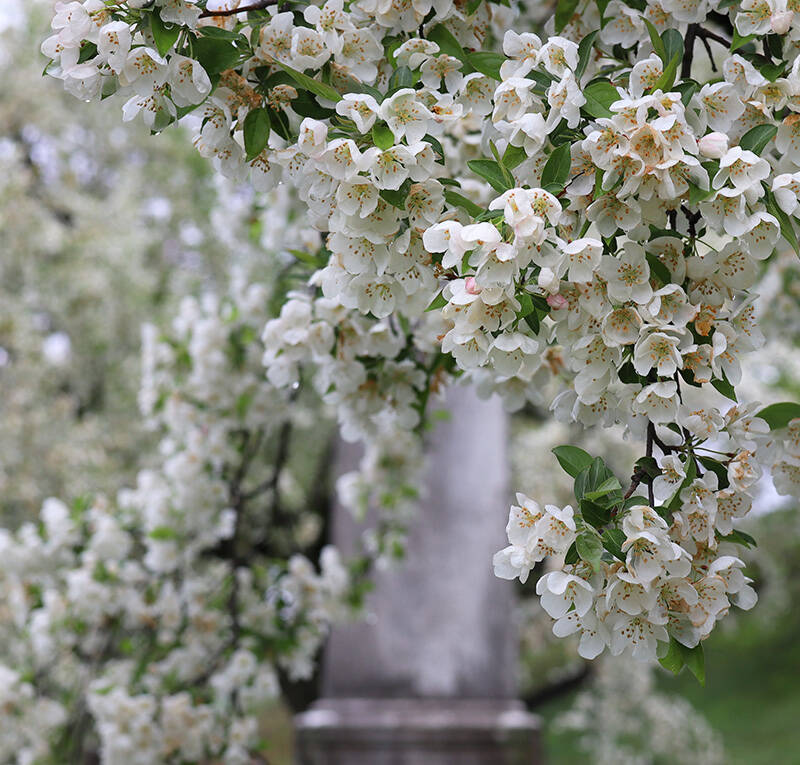In general, flowers are probably less important than form. Some have a fleeting season, perhaps blooming just once before doing nothing for the remaining eleven months of the year (I’m looking at you Iris germanica). Others have an important support act, providing an abundance of flowers or beautiful foliage for the majority of the year.
Yes, I want plants that are beautiful (and that work well together), but I also want them not to be too much trouble. So increasingly, as I’ve realized that you can never really fight the existing conditions in your garden, I just plant more of these low-work plants. If something does well, and needs little to no TLC then it’s very welcome in my garden.
Earlier this week I read a quote from the late plantswoman Beth Chatto, about her much-copied borders in Essex, England. “The point I need to stress,” she wrote in her ground-breaking book Drought-Resistant Planting, “is that copies of my gravel garden will not necessarily be successful or suitable if the principles underlying my planting designs are not understood. When visitors to my garden tell me they have attempted to make a gravel garden but the plants don’t look or behave as they do in mine, they wonder what they have done wrong. I ask ‘What type of soil do you have?’, ‘Very good,’ they reply. The amount of rainfall? ‘Twice what we have here,’ they tell me. I laugh and tell them if I had good soil and adequate rainfall I would not be growing drought-resistant plants.”
Favorite plants should always come with this disclaimer—what works in one garden may not work in another, because the soil, moisture, and conditions will vary immeasurably. Some of my most cherished plants will flourish in all conditions, but some do particularly well because they are especially suited to my garden, which has very free-draining sandy soil and is largely in full sun.
With that in mind, here are the plants I would not be without.
Photography by Clare Coulson.
Salvia nemorosa ‘Caradonna’

Nepeta ‘Six Hills Giant’

Verbena bonariensis

Stipa tenuissima

Digitalis ferruginea ‘Gigantea’

Eryngium giganteum

Rosa ‘Blush Noisette’

Gaura lindheimeri

See also:
- Flavorful and Fragrant: 5 Top Drought-Tolerant Herbs to Plant Now
- 10 Favorites: Stalwart Plants that Thrive in Hot Gardens
- Ask the Experts: How Do You Keep the Garden Thriving in Extreme Heat?
And for more in the A Garden From Scratch series, see:
- A Garden from Scratch: How to Start Designing Your Outdoor Space
- A Garden from Scratch: How to Build a Strong Foundation
- A Garden from Scratch: How to Begin the Plant Selection Process
- A Garden from Scratch: How to Choose Plants and Put Them Together
- A Garden From Scratch: How to Plant for Success (A Case Study)
- A Garden from Scratch: 7 Ways to Save Money When Creating a Garden
- A Garden from Scratch: 8 Regrets from My First Years of Gardening












Have a Question or Comment About This Post?
Join the conversation (0)